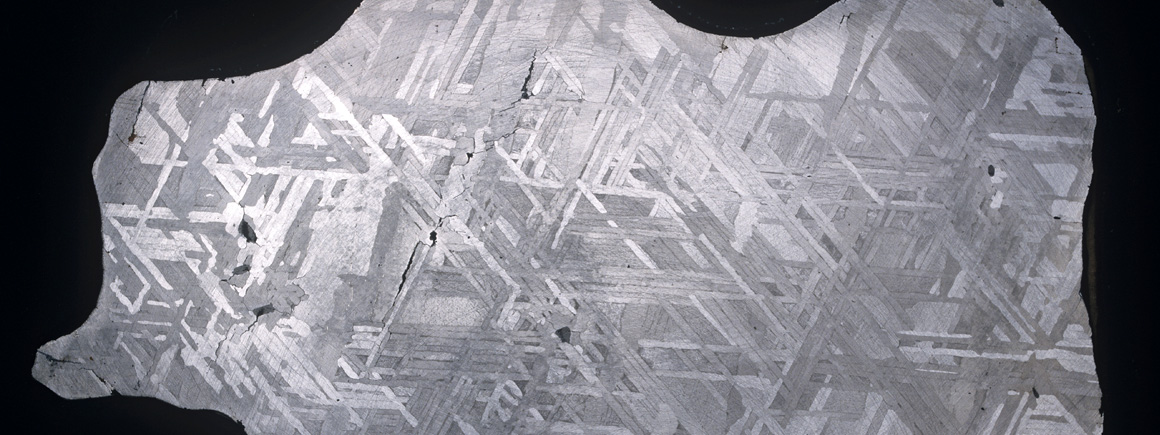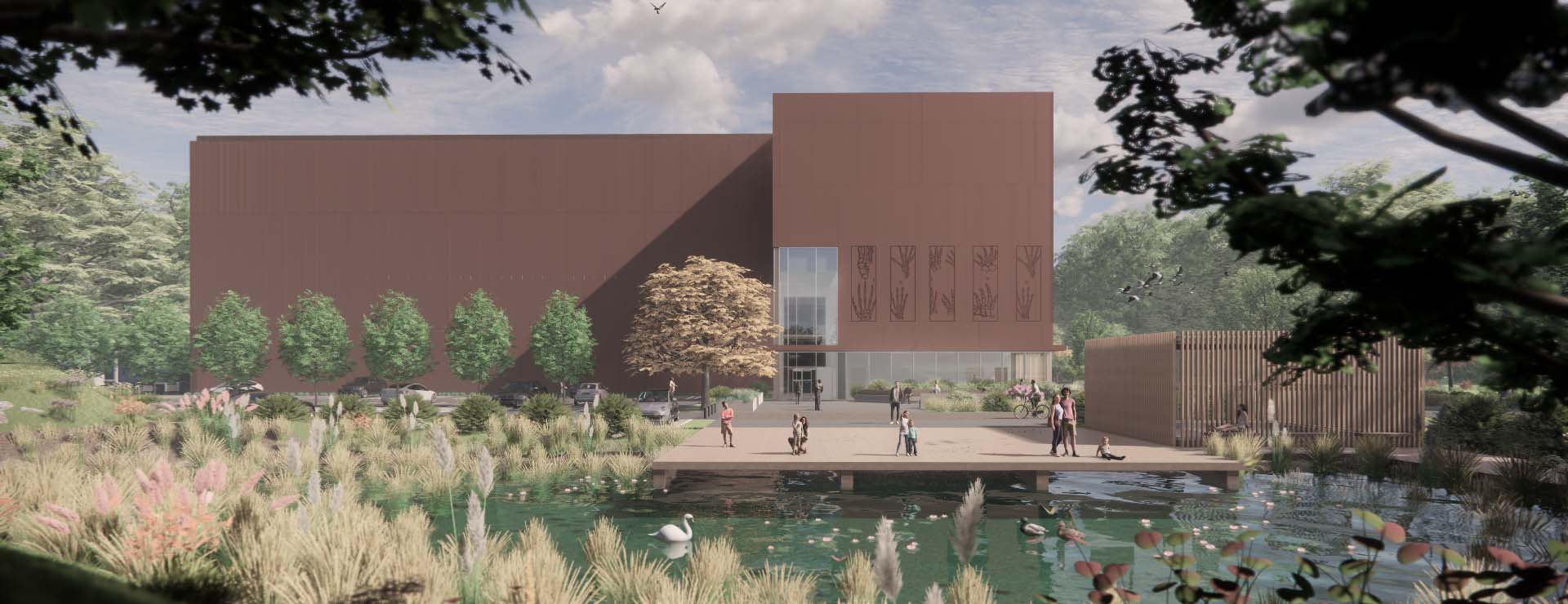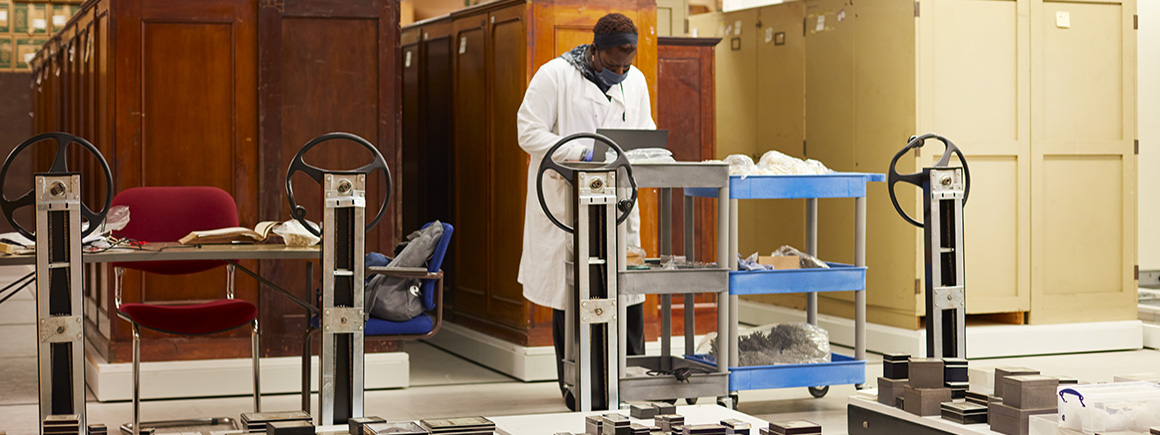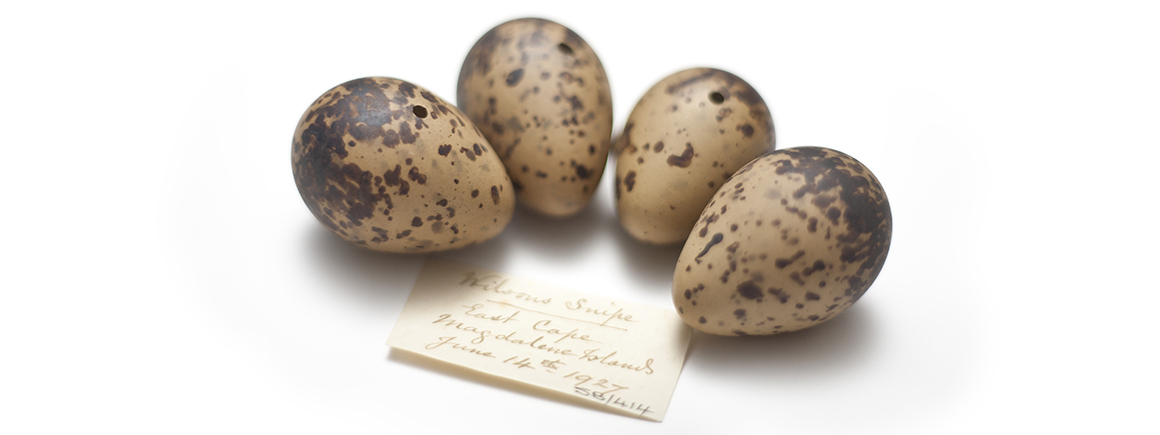Looking for a specimen?
The Meterorite collection is being digitised

Section through the Canyon Diablo meteorite, showing the distinctive Widmanstätten crystal pattern
The Museum houses one of the world's finest collections of meteorites.
The collection contains approximately 2,000 individual meteorites in about 5,000 registered specimens and includes almost 4000 polished sections.
We also maintain a collection of impactites, including tektites, Libyan desert glass and impact breccias.
Our collection is notable for the curation of historical falls, British meteorites, and meteorites originating from Mars. Some of our most striking specimens are on display in the Vault gallery in the Green Zone of the Museum.
Other significant acquisitions include Ivuna, Winchcombe, Northwest Africa 11220 and Cranbourne.
The Meterorite collection is being digitised
If you would like to use any specimens for research, please get in touch.
Individual meteorites 2,000
Registered pieces 5,000
Tektites: 4500
Desert Glass: 600
Impact rocks: 400
Polished sections: 3000
Powders and mineral separates: 700
A portion of the Nininger Collection was acquired in 1959. Nininger was a significant US Collector.
The meteorite collection started when the British Museum acquired three meteorites in 1802, just as people were beginning to accept the idea that meteorites were natural phenomena.
The collection developed in fits and starts. It grew to around 70 specimens under the first Keeper (or Head) of the Department of Natural History, but levelled off when the second Keeper (a palaeontologist) took over.
In 1857, the Department of Mineralogy was separated from Palaeontology, and Nevil Story-Maskelyne (a chemist) became Keeper. Under his enthusiastic guidance the number of meteorites in the collection trebled. By the time the natural history section of the British Museum moved to South Kensington in 1883, the collection had grown to around 250 specimens, including material from Martian meteorites Chassigny and Shergotty.
The collection has continued to grow by purchase, donation and exchange.
Worldwide coverage including samples from every continent

We have set out on an ambitious programme to develop a new collections, science and digitisation centre. As we prepare for the move, access to some collections will be affected.

Scientists and collections management specialists can visit the collections and borrow specimens for research.

Our duty is to provide a safe and secure environment for all of our collections.